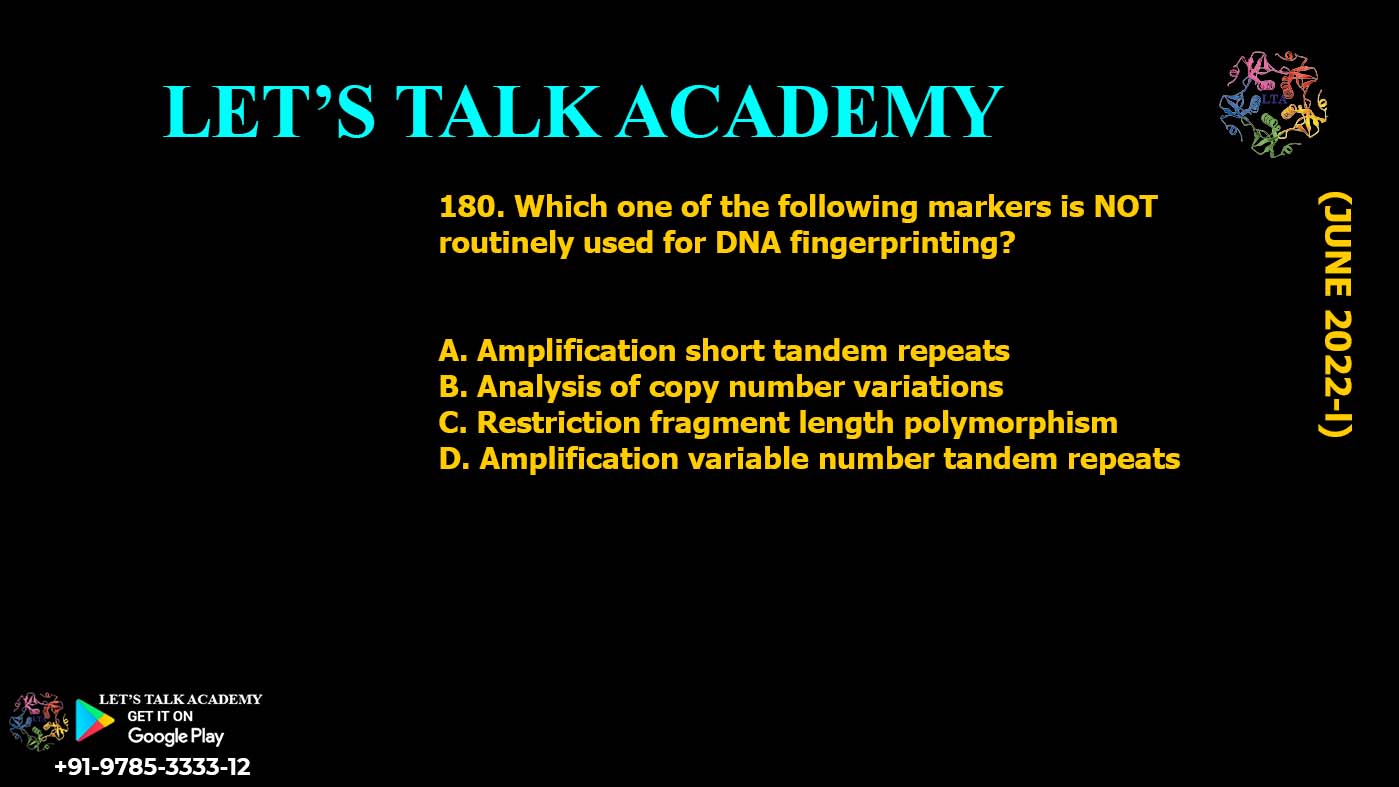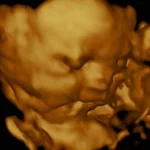DNA fingerprinting, also known as DNA profiling, is a pivotal technique in forensics, paternity testing, and genetic research. This method capitalizes on the inherent variability within an individual’s genome. But have you ever wondered exactly how these variations are exploited to create a unique genetic “fingerprint?” The answer lies largely in the use of two types of repetitive DNA sequences: Variable Number Tandem Repeats (VNTRs) and Short Tandem Repeats (STRs). Let’s delve into their specific roles and significance.
Understanding Repetitive DNA and Polymorphism
Before examining VNTRs and STRs, it’s crucial to understand the concept of repetitive DNA and polymorphism. Our genomes are not just a continuous string of unique sequences coding for proteins. A substantial portion consists of repetitive DNA sequences, meaning the same sequence motif is repeated multiple times. These repeats occur throughout the genome, and the number of times a particular sequence is repeated can vary significantly from person to person. This variation in repeat number constitutes a form of genetic polymorphism. The regions displaying such variation are known as polymorphic loci.
VNTRs and STRs are specific classes of these polymorphic repetitive DNA sequences, distinguished primarily by the size of the repeat unit.
Variable Number Tandem Repeats (VNTRs): The Original Workhorse
VNTRs consist of longer repeat units, typically ranging from 10 to 100 base pairs. These sequences are tandemly repeated, meaning they are arranged one after another in a contiguous fashion. The “variable number” aspect indicates that the number of repeats at a specific VNTR locus differs significantly among individuals.
How VNTRs are used in DNA Fingerprinting:
- DNA Extraction and Digestion: The process begins with extracting DNA from a sample (blood, saliva, hair, etc.). This extracted DNA is then digested using restriction enzymes. These enzymes recognize and cut DNA at specific recognition sites flanking the VNTR regions. The result is a collection of DNA fragments of varying lengths.
- Gel Electrophoresis: The digested DNA fragments are then separated based on size using gel electrophoresis. An electric field is applied across a gel matrix, causing the negatively charged DNA fragments to migrate. Smaller fragments move more quickly through the gel, resulting in separation by size.
- Southern Blotting: After electrophoresis, the DNA fragments are transferred from the gel to a nylon membrane via a process called Southern blotting. This immobilizes the DNA for further analysis.
- Hybridization with Probes: The membrane is then incubated with a labeled probe. A probe is a single-stranded DNA fragment complementary to the VNTR sequence of interest. The probe hybridizes (binds) to the VNTR fragments on the membrane. The label on the probe (usually radioactive or fluorescent) allows for visualization.
- Visualization and Analysis: After washing away any unbound probe, the membrane is visualized. The labeled probe reveals the locations of the VNTR fragments. The pattern of bands produced represents an individual’s DNA fingerprint. The position of each band corresponds to the size of the DNA fragment containing the VNTR, which in turn reflects the number of repeats at that locus.
The resulting pattern is highly individualistic. Because the probability of two unrelated individuals having the exact same number of repeats at multiple VNTR loci is exceedingly low, this technique provides a powerful means of identification. However, the use of VNTRs has largely been superseded by STRs due to certain limitations, including the relatively large amount of DNA required and the time-consuming nature of the Southern blotting process.
Short Tandem Repeats (STRs): The Modern Standard
STRs, also known as microsatellites, are shorter repetitive sequences, typically 2 to 6 base pairs in length. Like VNTRs, the number of repeats at a specific STR locus is highly variable among individuals. This variability forms the basis for their use in DNA fingerprinting.
How STRs are used in DNA Fingerprinting:
- DNA Extraction and Amplification: Similar to VNTR analysis, DNA is first extracted from a sample. However, instead of restriction enzyme digestion and Southern blotting, STR analysis relies on Polymerase Chain Reaction (PCR) to amplify specific STR regions. Primers (short DNA sequences) are designed to flank the STR loci of interest. PCR exponentially amplifies these regions, generating millions of copies.
- Capillary Electrophoresis: The amplified STR fragments are then separated by size using capillary electrophoresis. This technique is more automated and provides higher resolution than traditional gel electrophoresis. Each STR allele (a specific repeat number at a locus) migrates at a different rate through the capillary.
- Detection and Analysis: As the STR fragments pass through a detector, their size is precisely measured. This data is then analyzed to determine the number of repeats at each STR locus. The results are typically presented as an electropherogram, which shows peaks corresponding to each allele.
- Genotype Determination: For each STR locus, an individual inherits one allele from each parent. Therefore, each person has two alleles at each locus (except for males at the Y chromosome STR loci, where they inherit only one). The combination of alleles across multiple STR loci constitutes an individual’s STR profile.
STR analysis offers several advantages over VNTR analysis. PCR amplification requires much smaller amounts of DNA, making it suitable for analyzing degraded or limited samples. The automated nature of STR analysis allows for high-throughput processing and faster turnaround times. Furthermore, the use of multiple STR loci (typically 13 or more in forensic applications) provides a high degree of discrimination, making it highly unlikely that two unrelated individuals will have the same STR profile.
Why the Fascination with Repeats?
The ubiquitous presence of repetitive DNA, and the inherent variability within these regions, sparks an intrinsic scientific curiosity. Why are these repeats so prevalent in the genome? What evolutionary forces drive the variation in repeat number? The answers remain elusive, but these enigmatic sequences provide a powerful tool for unraveling individual identities and understanding the complexities of genetic inheritance. The elegance of using simple, repeating units to establish unique profiles highlights the ingenious strategies nature employs, and our ability to harness them for practical application. The ongoing exploration of these repeated sequences promises further insights into genome evolution and personalized medicine.










Leave a Comment